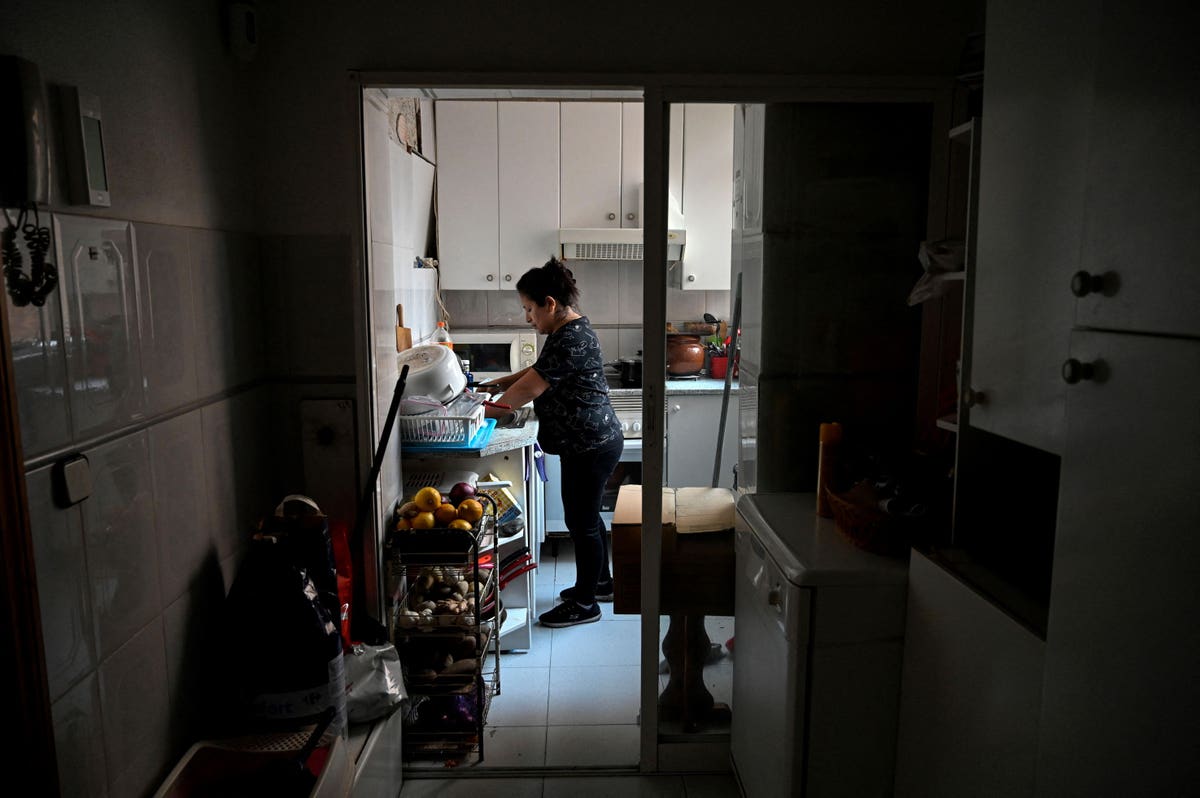By Aparajita Datta and Ramanan Krishnamoorti
Recent data from the U.S. Energy Information Administration found that over a third of American households are experiencing energy insecurity, unable to afford their basic energy needs. As a result, these families are forced to make tradeoffs, food vs. medicine, for example, or even do without lifesaving energy, keeping their homes at unhealthy temperatures or not using heating or air conditioning equipment at all.
In this summer’s record-setting heat, those decisions are truly matters of life and death. Our research suggests that state-level climate policies have made energy inequity worse. While the policies have raised the cost of energy for all U.S. households, the impact is felt most acutely by low-income households.
The scale of the inequity is sobering – on average, an energy-insecure household pays $300 more than an energy-secure household in annual energy bills, and one out of every six households in the country owes around $800 in unpaid electricity bills. That is nearly 21 million households that collectively owe over $16 billion in unpaid utility bills. Deep-rooted inequities in our energy, housing, and social systems, manifesting at the intersection of household income, home ownership status, housing quality, race, and ethnicity, are creating a new chasm between the haves and have-nots.
Another way of looking at the dismal state of energy poverty is through the measure of energy burden, or the share of income a household spends on its energy needs. The average American household spends a little over 3% of its income on energy, and a household that spends more than 6% of its income on energy is considered energy poor. Most low-income households spend between 15% and 18% to keep the lights on and the air conditioner humming.
Our analysis demonstrated that the extraordinarily high burdens for those living in energy poverty are not an artifact of a single factor like the time of the year, geography, utility structure, or partisan leadership. Data from the Department of Energy substantiate our findings and indicate that low-income communities are struggling nationwide, with energy burdens as high as 9% in California, 13% in Texas and New York, 18% in Alabama and Michigan, and 21% in Vermont.
There have been efforts to help; notably, the federal Low-Income Home Energy Assistance Program (LIHEAP) was enacted in 1981 and is intended to help households pay their energy bills. Unfortunately, the program has at best been able to serve less than a third of eligible households in any given year due to historic underfunding and other programmatic and administrative constraints. In 2022, LIHEAP’s share of federal spending on social welfare programs was a mere 0.6%. Moreover, the program does not measure long-term indicators, tradeoffs, and health, education, productivity, and psychological impacts from energy insecurity.
We created a Climate Policy Index to evaluate how state policies on greenhouse gas reductions, energy efficiency, alternative transportation, grid decarbonization, carbon pricing, and other climate action are impacting energy burdens across socioeconomic groups, collecting data from all 50 states between 2010 and 2019. Overall, the combined effect of stronger and more expansive climate policies across these policy domains has increased the energy burden for the average American household.
Unsurprisingly, low-income households suffered the most substantial impact – in fact, the impact of climate policies on low-income communities is six times greater than that on middle-income communities, and eight times greater than that felt by high-income households. It is a stark example of the unintended consequences of states’ well-intentioned attempts to address climate change.
Energy inequity is not unique or new to the U.S., but in the absence of a shared understanding of energy insecurity and poverty, and in not accounting for the persistent tradeoffs households face, we have created a new kind of poor. It is a challenge that gains traction only when there is an external shock like catastrophic wildfires, winter storms, or extreme temperatures that disrupt the supply or cause electricity prices to soar. With a third of the population struggling to pay its energy bills, should energy not be treated the same way as air or water – as a basic necessity and human right?
There is incontrovertible evidence that our current policies are not working for everyone. At the same time, there is no panacea. A first step toward meaningful change would require a broader conversation and federal action backed by data and the acknowledgment that the system is persistently failing those it is meant to protect.
Dr. Ramanan Krishnamoorti is the Vice President of Energy and Innovation at the University of Houston. He is also a professor of chemical and biomolecular engineering, with affiliated appointments as professor of petroleum engineering and professor of chemistry. Prior to his current position, Krishnamoorti served as interim vice president for research and technology transfer for UH and the UH System. During his tenure at the university, he has served as chair of the UH Cullen College of Engineering’s chemical and biomolecular engineering department, associate dean of research for engineering, professor of chemical and biomolecular engineering with affiliated appointments as professor of petroleum engineering, and professor of chemistry.
Aparajita Datta is a researcher at UH Energy and a Ph.D. candidate in the Department of Political Science at the University of Houston. Her research is focused on policy feedback analyses to improve energy equity and affordability for low-income communities. Aparajita holds a bachelor’s degree in computer science and engineering from the University of Petroleum and Energy Studies, India; and master’s degrees in energy management and public policy from the University of Houston.
UH Energy is the University of Houston’s hub for energy education, research and technology incubation, working to shape the energy future and forge new business approaches in the energy industry.
Read the full article here





